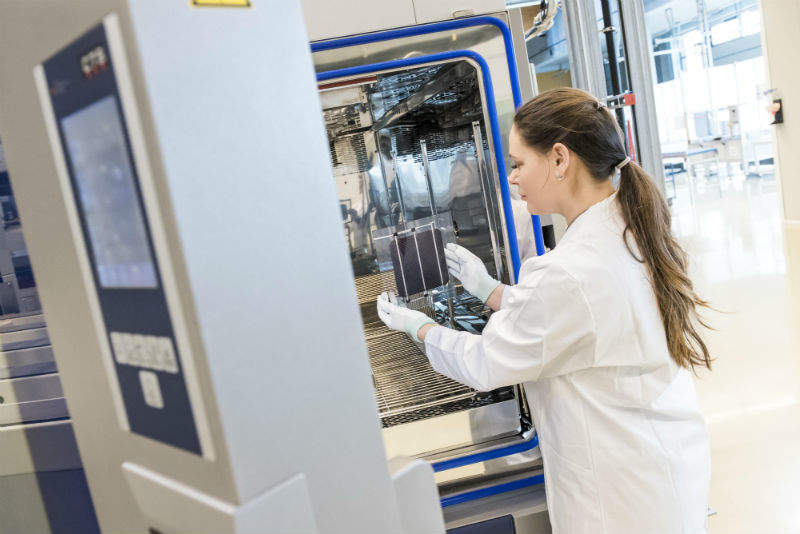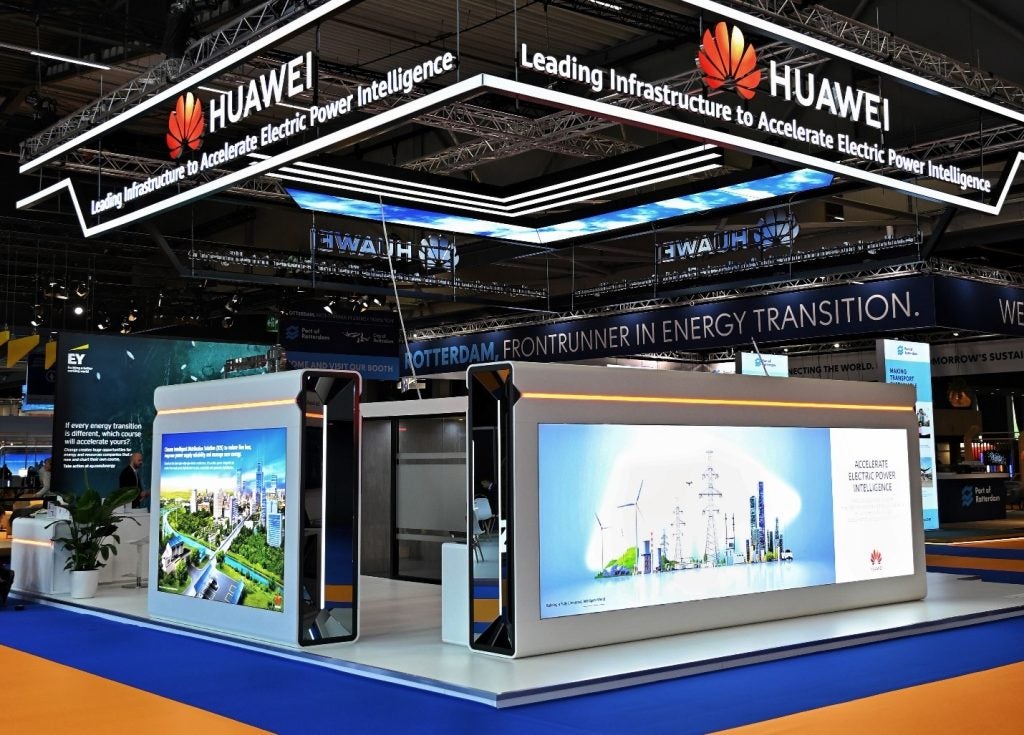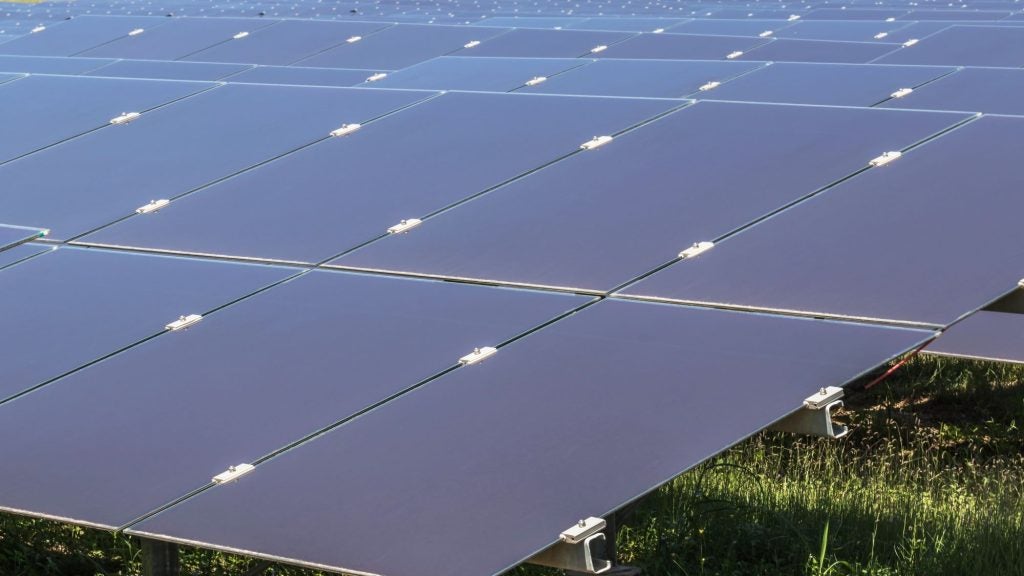
A leader in the field of perovskite solar cells Oxford PV has announced a new world record for its single-junction solar cell.
The 1cm2 perovskite-silicon tandem solar cell was recognised by the Fraunhofer Institute for Solar Energy Systems (ISE) for achieving 27.3% conversion efficiency – the current world record for a single-junction solar cell – exceeding the previous record of 26.7% efficiency.
Perovskite is considered to be a promising alternative to silicon solar cells, thanks in part to good superconductivity and magnetoresistance but mostly because its hybrid organic-inorganic structure means it can be made very cheaply as a solution that can be placed onto a substrate to create a functioning solar cell. The major issues holding it back so far have been efficiency and the fact it degrades very quickly.
Oxford PV chief technology officer Dr Chris Case said: “We are focusing on increasing our demonstration line capacity in Germany. All solar cells count on three simple things: one, collecting as much light as possible, two, reducing losses from recombination of carriers (electrons) before they can be extracted, and three, efficient extraction of electrons.
“We have identified areas where all three of those things can be improved and, in fact, know how to improve each of them. The goal is to get the improvements to work together, but this is not a technical challenge, just an engineering challenge.”
How well do you really know your competitors?
Access the most comprehensive Company Profiles on the market, powered by GlobalData. Save hours of research. Gain competitive edge.

Thank you!
Your download email will arrive shortly
Not ready to buy yet? Download a free sample
We are confident about the unique quality of our Company Profiles. However, we want you to make the most beneficial decision for your business, so we offer a free sample that you can download by submitting the below form
By GlobalDataAsked about Oxford PV’s competitors, Case said: “In solar, I would say that Alta Devices is the single company focused on setting a perovskite efficiency record. They already hold the world record for gallium arsenide (GaAs) at 28.8% but I know they are seeking higher. In the silicon world, it is Kaneka (Japan) that holds the world record for a single junction silicon solar cell at 26.7%. I would guess they would be motivated to boost that figure, especially with our result.
“In the perovskite field, only academic/non-commercial entities are publishing their efforts to push this technology, including the Swiss Centre for Electronics and Micro-technology (CSEM) and, of course, our partners at Helmholtz-Zentrum Berlin (HZB). The world needs perovskite electricity to mitigate climate change, and of course the more efficiently it is generated, the better. We are excited to be able to share in this important mission.”
Oxford PV CEO Frank P Averdung added that the achievement further validated the ability of perovskite to enhance the performance of silicon-based photovoltaics. This is fundamental to the development of solar-generated electricity in general.
The company has also collaborated with HZB to engineer a 1cm2 perovskite-silicon, two-terminal tandem solar cell. Together with Professor Snaith at the University of Oxford’s Optoelectronics Device Group, the company achieved 25.2% conversion efficiency.
The two-terminal design will support the ease of integration into module fabrication and photovoltaic systems while eliminating additional materials, weight and power invertor challenges of four-terminal tandem cells.
The company is producing commercial sized 156mm x 156mm perovskite-silicon solar cells at its 17,000m2 industrial pilot plant in Germany, for validation by its partner, a major manufacturer of silicon solar cells and modules.








